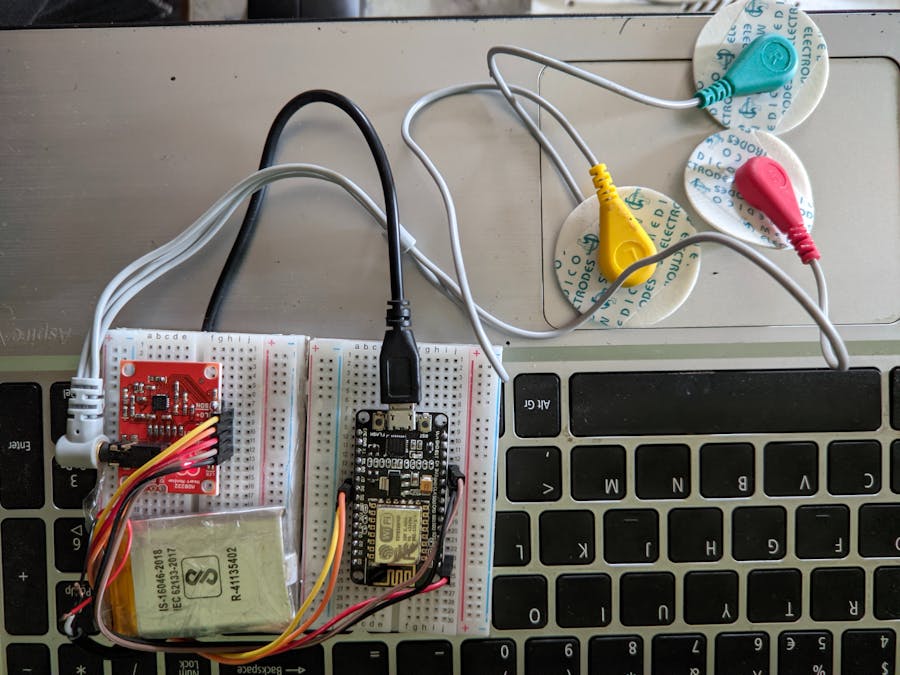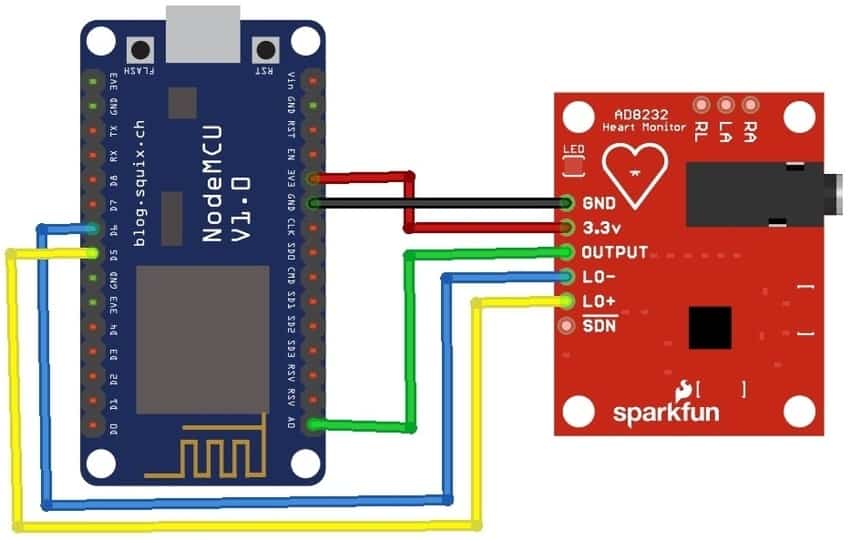During the pandemic, one of my family members went through a critical situation of heart attack and several diseases. It is hard for a common person to get a proper diagnosis easily. So this project is an approach to providing basic healthcare facilities to the common people.
Although this system is not fully error-free as of now so it is not advisable to use it for medical diagnosis and analysis.
Project Description: Arduino-Based IoT Healthcare SystemObjective: To develop an accessible and affordable IoT-based healthcare system using Arduino, capable of monitoring basic health parameters and providing preliminary health insights to users.
Purpose: Driven by the challenges faced in accessing accurate healthcare diagnoses, this project aims to empower individuals with a tool to monitor their health and make informed decisions. The system seeks to bridge the gap between individuals and healthcare professionals by providing preliminary data that can aid in early detection and intervention.
Project Description:
The project utilizes an Arduino microcontroller as its core, interfacing with various sensors to gather essential health data. These sensors may include:
Heart Rate Sensor: Measures heart rate and can potentially detect irregularities.
- Heart Rate Sensor: Measures heart rate and can potentially detect irregularities.
Blood Oxygen Sensor: Monitors blood oxygen saturation levels, crucial for respiratory health.
- Blood Oxygen Sensor: Monitors blood oxygen saturation levels, crucial for respiratory health.
Temperature Sensor: Tracks body temperature, aiding in identifying fever or hypothermia.
- Temperature Sensor: Tracks body temperature, aiding in identifying fever or hypothermia.
Blood Pressure Sensor (optional): Measures blood pressure, providing insights into cardiovascular health.
- Blood Pressure Sensor (optional): Measures blood pressure, providing insights into cardiovascular health.
The collected data is then processed by the Arduino and transmitted wirelessly through an IoT network (e.g., Wi-Fi, Bluetooth) to a user interface. This interface could be a mobile application or a web dashboard, displaying the health parameters in real-time and potentially offering basic analysis and trends.
Acknowledgments:
Arduino Platform: The project heavily relies on the Arduino platform's versatility and ease of use for prototyping and development.
- Arduino Platform: The project heavily relies on the Arduino platform's versatility and ease of use for prototyping and development.
Open-Source Libraries and Community: Open-source libraries and the Arduino community's support are invaluable for sensor integration and data processing.
- Open-Source Libraries and Community: Open-source libraries and the Arduino community's support are invaluable for sensor integration and data processing.
Limitations:
It is crucial to acknowledge that this system is currently under development and is not a substitute for professional medical diagnosis and analysis. The accuracy and reliability of the system may vary depending on the quality of sensors and implementation. Users are advised to consult qualified healthcare professionals for any health concerns or before making medical decisions.
Future Scope:
The project holds promising potential for future development and expansion. Possible improvements include:
Integration of additional sensors: Expanding the range of monitored health parameters (e.g., ECG, blood glucose) for a more comprehensive understanding of individual health.
- Integration of additional sensors: Expanding the range of monitored health parameters (e.g., ECG, blood glucose) for a more comprehensive understanding of individual health.
Machine Learning Integration: Implementing machine learning algorithms to analyze health data and provide more sophisticated insights and predictions.
- Machine Learning Integration: Implementing machine learning algorithms to analyze health data and provide more sophisticated insights and predictions.
Telehealth Integration: Facilitating remote consultations with healthcare professionals based on collected data, improving access to medical expertise.
- Telehealth Integration: Facilitating remote consultations with healthcare professionals based on collected data, improving access to medical expertise.
Improved User Interface: Developing a more user-friendly and informative interface with data visualization, historical trends, and educational resources.
- Improved User Interface: Developing a more user-friendly and informative interface with data visualization, historical trends, and educational resources.
By addressing the limitations and expanding its capabilities, this project aims to contribute meaningfully to the field of personal healthcare and empower individuals to take charge of their wellbeing.
three electrodes are connected to the body in a triangular sequence.














_3u05Tpwasz.png?auto=compress%2Cformat&w=40&h=40&fit=fillmax&bg=fff&dpr=2)
Comments
Please log in or sign up to comment.